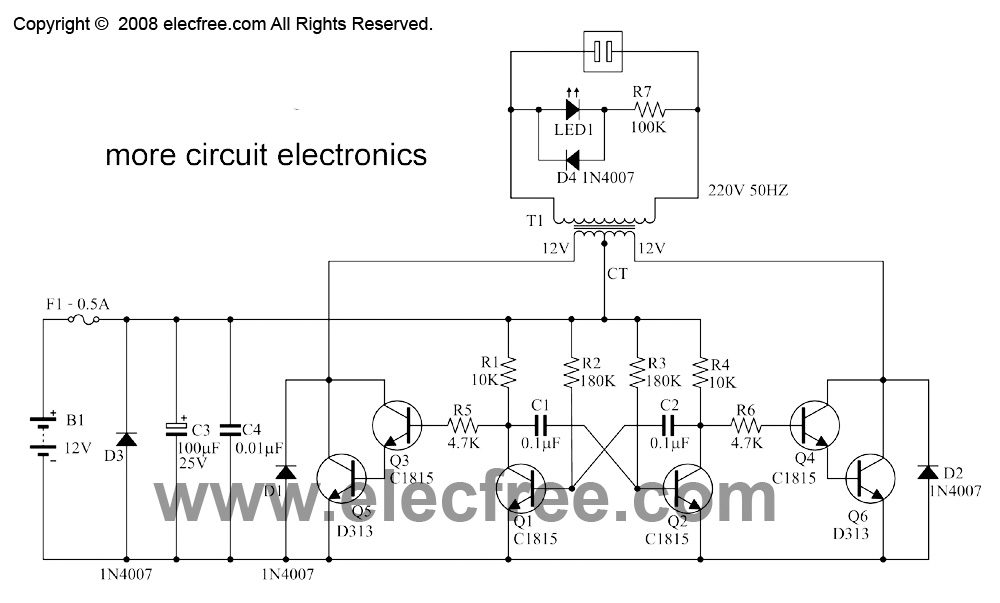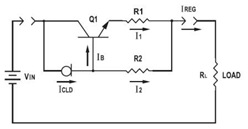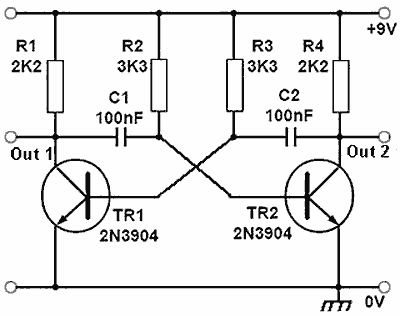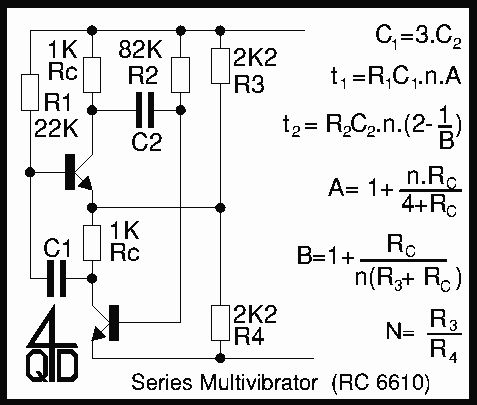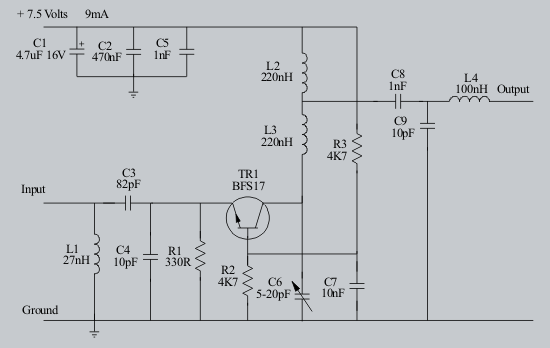
Transistor Bistable Multivibrator or Flip-flop
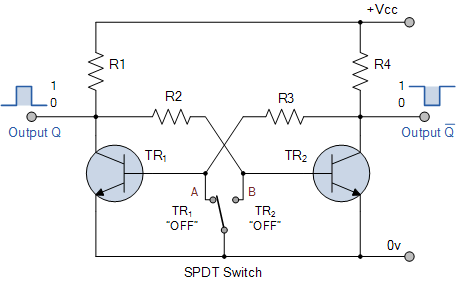
Electronics tutorial about bistable multivibrator, also known as the bistable flip-flop or two-shot multivibrator, constructed from transistors or logic gates.
A bistable multivibrator is a fundamental electronic circuit that has two stable states and can maintain its state indefinitely until triggered to switch states. This device is commonly referred to as a bistable flip-flop and can be implemented using either discrete transistors or integrated logic gates. The bistable multivibrator serves as a memory element in digital electronics, allowing the storage of binary information.
In a typical configuration using transistors, the bistable multivibrator consists of two cross-coupled NPN or PNP transistors. Each transistor is connected to the collector of the other, forming a feedback loop. The circuit can be set into one of its stable states by applying a trigger signal to the base of one of the transistors. This action causes one transistor to turn on fully, while the other turns off, thus establishing a stable state.
When the circuit is in one state, it can be switched to the opposite state by applying a trigger signal to the other transistor's base. The transition between states is characterized by a brief period of instability, during which the circuit will settle into the new stable state. The output of the bistable multivibrator can be taken from the collectors of the transistors, providing a digital high or low signal that corresponds to the current state of the circuit.
Alternatively, a bistable multivibrator can be constructed using logic gates, such as NAND or NOR gates. The configuration of these gates allows for the same feedback mechanism as in the transistor version, enabling the circuit to toggle between its two stable states. The advantage of using logic gates is that they can be easily integrated into larger digital systems, facilitating compact designs and reducing the number of discrete components required.
In both implementations, the bistable multivibrator is a critical building block in digital circuits, utilized in applications such as data storage, flip-flops in memory devices, and state machines in sequential logic designs. Understanding the operation and design of bistable multivibrators is essential for those involved in electronics and digital system design.Electronics Tutorial about Bistable Multivibrator also known as the Bistable Flip-Flop or Two-shot Multivibrator constructed from Transistors or Logic Gates.. 🔗 External reference
A bistable multivibrator is a fundamental electronic circuit that has two stable states and can maintain its state indefinitely until triggered to switch states. This device is commonly referred to as a bistable flip-flop and can be implemented using either discrete transistors or integrated logic gates. The bistable multivibrator serves as a memory element in digital electronics, allowing the storage of binary information.
In a typical configuration using transistors, the bistable multivibrator consists of two cross-coupled NPN or PNP transistors. Each transistor is connected to the collector of the other, forming a feedback loop. The circuit can be set into one of its stable states by applying a trigger signal to the base of one of the transistors. This action causes one transistor to turn on fully, while the other turns off, thus establishing a stable state.
When the circuit is in one state, it can be switched to the opposite state by applying a trigger signal to the other transistor's base. The transition between states is characterized by a brief period of instability, during which the circuit will settle into the new stable state. The output of the bistable multivibrator can be taken from the collectors of the transistors, providing a digital high or low signal that corresponds to the current state of the circuit.
Alternatively, a bistable multivibrator can be constructed using logic gates, such as NAND or NOR gates. The configuration of these gates allows for the same feedback mechanism as in the transistor version, enabling the circuit to toggle between its two stable states. The advantage of using logic gates is that they can be easily integrated into larger digital systems, facilitating compact designs and reducing the number of discrete components required.
In both implementations, the bistable multivibrator is a critical building block in digital circuits, utilized in applications such as data storage, flip-flops in memory devices, and state machines in sequential logic designs. Understanding the operation and design of bistable multivibrators is essential for those involved in electronics and digital system design.Electronics Tutorial about Bistable Multivibrator also known as the Bistable Flip-Flop or Two-shot Multivibrator constructed from Transistors or Logic Gates.. 🔗 External reference
